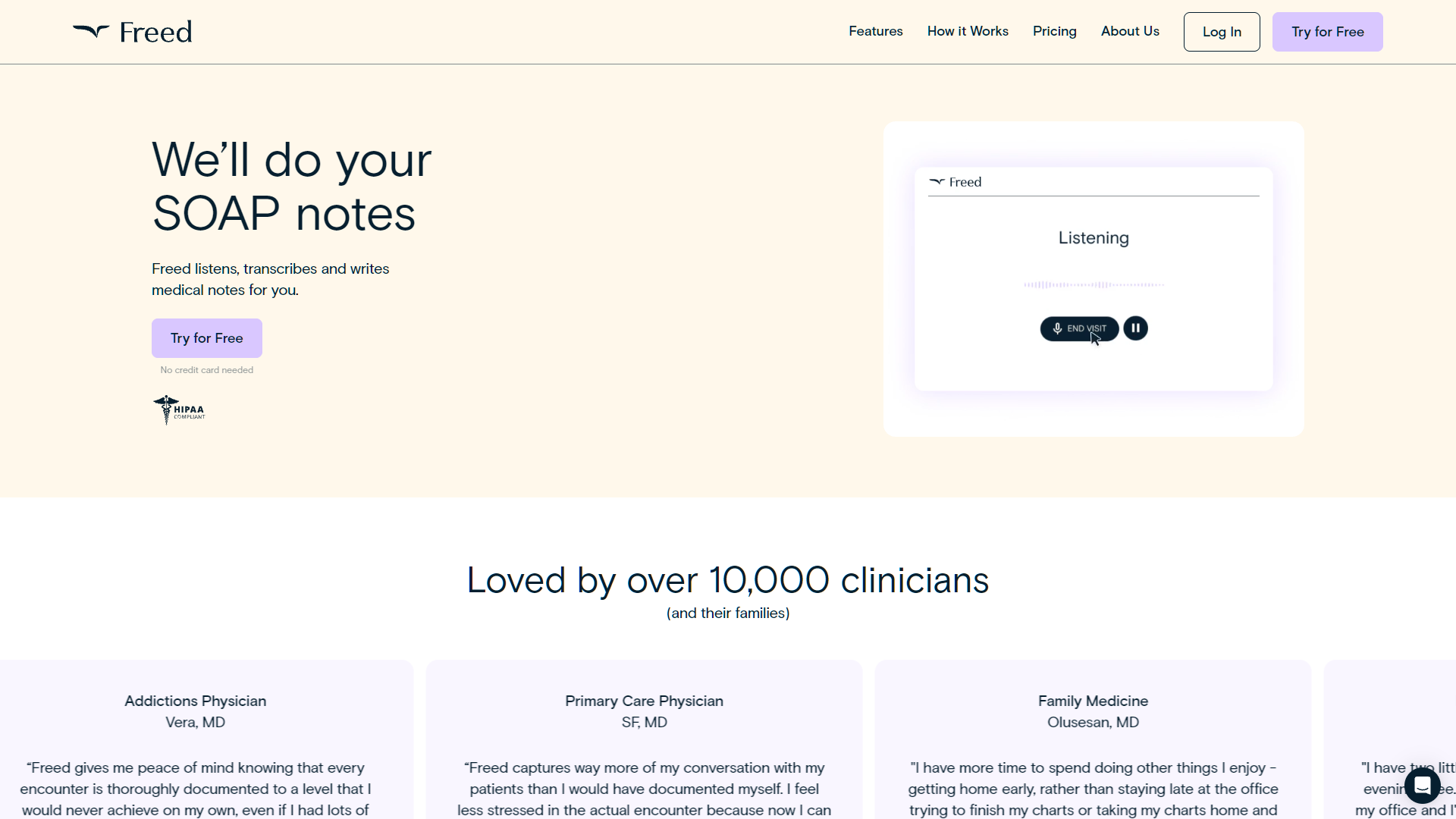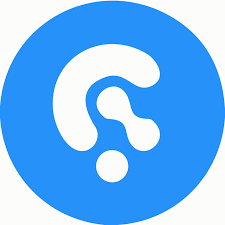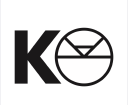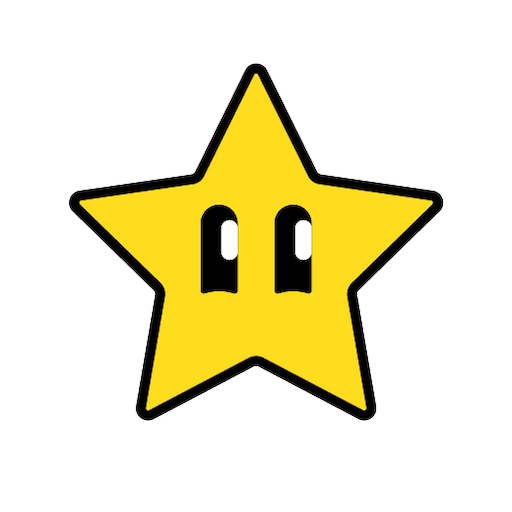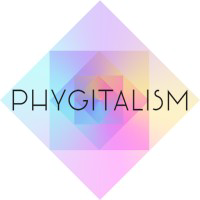Overview
Freed is an innovative AI-powered tool designed to enhance the efficiency and accuracy of clinical documentation for healthcare professionals. By automating the process of listening, transcribing, and writing medical notes, Freed allows clinicians to focus more on patient care rather than paperwork. The tool supports a variety of specialty visits and seamlessly integrates with existing Electronic Health Records (EHR) systems, ensuring that notes are captured accurately and are easily accessible.
Clinicians can experience Freed's utility through a straightforward three-step process: recording the patient visit, reviewing the automatically generated note, and making any necessary edits before final approval. This process not only saves valuable time but also improves the overall quality of patient records.
Freed has been well-received by the medical community, with over 10,000 clinicians reporting significant improvements in workflow and patient interaction. The tool offers a free trial that includes 10 visits, and a competitively priced subscription model at $99 per month for unlimited use. Additionally, tailored pricing plans are available for larger organizations needing license management solutions.
Under the leadership of CEO Erez Druk, Freed is committed to enhancing clinician satisfaction and streamlining documentation processes, making it an essential tool for modern healthcare providers.
Key features
- Customized clinical notes: Tailored note templates that adapt to various medical specialties, enhancing the relevance and precision of documentation.
- Accurate transcription service: Utilizes advanced AI to listen and transcribe clinical conversations accurately, ensuring detailed and precise medical records.
- Seamless EHR integration: Easily integrates with existing Electronic Health Records systems, facilitating a smoother workflow and reducing manual data entry.
- Rapid note availability: Clinicians can view and edit the completed medical notes within minutes after the patient visit, speeding up the documentation process.
- Flexible pricing plans: Offers a free trial for new users and a competitively priced subscription model, making it accessible for individual clinicians and organizations.
- User-centric design: Developed with a focus on enhancing clinician satisfaction and efficiency, allowing more time for patient care.
 Pros
Pros
- Multi-platform compatibility: The tool works across various devices and operating systems, ensuring accessibility for clinicians regardless of their preferred technology.
- Data security measures: Employs robust encryption and compliance with healthcare regulations to protect sensitive patient information from unauthorized access.
- Real-time updates: Automatically updates patient records in real-time, ensuring that all healthcare team members have the most current information.
- Support and training: Offers comprehensive support and training resources to ensure users can maximize the tool’s capabilities effectively.
- Advanced analytics: Provides insightful analytics on documentation trends and time management, helping clinics optimize operations and resource allocation.
 Cons
Cons
- Learning curve required: New users may require time to familiarize themselves with the interface and features, potentially delaying initial productivity.
- Dependence on connectivity: Effective operation relies on consistent internet access, which can be problematic in areas with unstable connections.
- Software updates disruption: Periodic updates may temporarily disrupt service or require users to adapt to new features and layouts.
- Limited offline functionality: The tool's performance is compromised without internet, restricting access to notes and records in offline settings.
- AI interpretation errors: While generally accurate, the AI may occasionally misinterpret complex medical jargon, requiring manual corrections.


